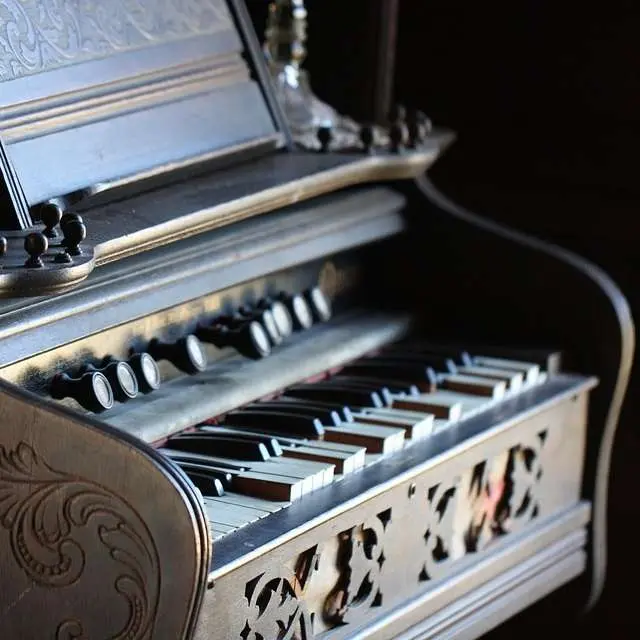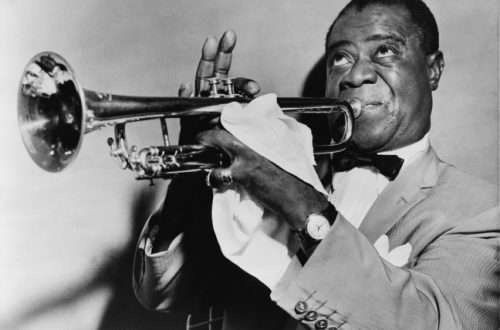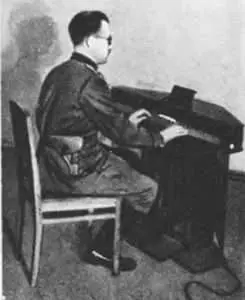
Instruments – history of instruments, types and division
Everything has a beginning, and so is the musical instruments that have evolved over the years. You have to be aware that the first natural instrument was the human voice. Both in the past and today, it is used primarily for communication, but in the music world it is treated as an instrument. We get our voice thanks to the vibrations of the vocal cords, which in combination with other parts of our body, such as the tongue or the mouth, can produce a wide range of different sounds. With time, man began to construct various types of instruments, which at the beginning were not intended to be typically musical in the present sense of the word. They were more devices than instruments and had a specific purpose. For example, we can mention here various types of knockers that were used to scare away wild animals centuries ago. Others, such as signal horns, were used to communicate between groups of people over a large area. Over time, various types of drums began to be constructed, which were used, among others, during religious ceremonies or as signals to encourage combat. These instruments, despite their often very primitive construction, with time turned out to be excellent handheld instruments. In this way, the first basic division of instruments was born into those that should be blown to make sound, and today we include them in the group of wind instruments, and those that had to be hit or shaken, and today we include them in the group of instruments percussion. Over the following centuries, individual inventions were modernized and improved, thanks to which another group of plucked instruments joined the first two groups.

Today we can distinguish three basic groups of instruments. These are: wind instruments, percussion instruments and plucked instruments. Each of these groups can be divided into specific subgroups. For example, wind instruments are divided into wooden and brass. This division results not so much from the material from which the individual instruments are made, but mainly from the type of reed and mouthpiece used. The vast majority of brass instruments such as a tuba, a trumpet or a trombone are made entirely of metal, it can be ordinary metal or a precious metal such as gold or silver, but e.g. a saxophone, which is also made of metal, due to the type of mouthpiece and reed, it is classified as a woodwind instrument. Among the percussion instruments, we can also divide them into those with a specific pitch, such as a vibraphone or a marimba, and those with an undefined pitch, such as a tambourine or castanets (see more at https://muzyczny.pl/50g_Instrumenty-percussion. html). The group of plucked instruments can also be divided into subgroups, e.g. those in which we most often pluck the strings directly with our fingers, such as a guitar, and those where we use, for example, a bow, such as a violin or a cello (see strings).
We can make these internal divisions in particular groups of instruments in various ways. We can, among others divide instruments according to their structure, the way of producing the sound, the material from which they were made, size, volume, etc. There are instruments that can be classified into several groups at the same time, such as the piano. We can place it in the group of stringed, hammer and keyboard instruments. Although it belongs to the group of the largest and one of the loudest instruments, it belongs to the citrus family, which are small, portable instruments.
We can also distinguish a group of keyboard instruments, which will include both stringed instruments, such as the aforementioned piano or upright piano, but also accordions or organs, which, due to the way they produce sound, are included in the group of wind instruments.
All the breakdowns made are mainly due to certain common data characteristics instruments. In the second half of the XNUMXth century, another group of electric instruments was added. Guitars, organs and even electric drums started to be produced. By the end of the last century, this group had largely evolved into digital instruments, especially keyboards such as synthesizers and keyboards. They also began to combine traditional technology with the latest technical solutions, and various types of hybrid instruments were created.





